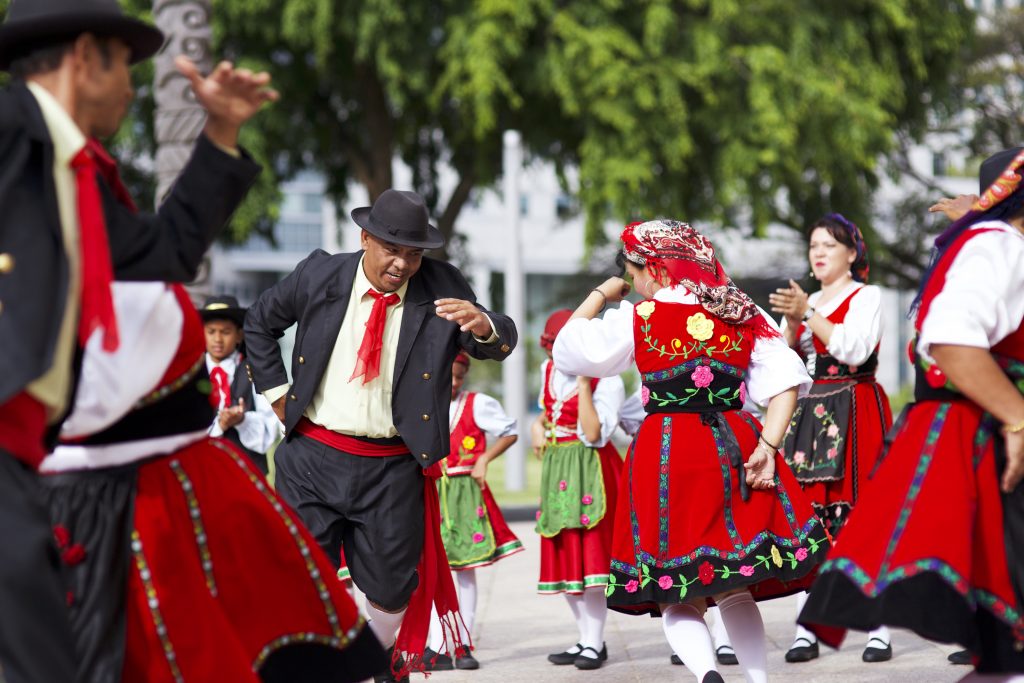Some material on this page, including images, also appears and is taken from Chapter 647 of the Orange Book of the Kristang people.

Gonsaleju or the Post-War Kristang Aesthetic is the black-and-red aesthetic most commonly associated with Padri sa Chang or the Portuguese Settlement of Melaka, named after the Portuguese sailing vessel Gonçalho Velho that visited Melaka and Padri sa Chang in May 1952 and resulted in the dreamfishing of this aesthetic.

The name of Gonçalho also offers an additional multiplicity of meaning, as it apparently means “battle soul” or “rescued from battle”, reflecting the Melaka-based revival of Portuguese identity in 1952 after World War II.

The Gonsaleju aesthetic strongly index our connections to the wider Lusophone and Iberian post-colonial world and to the rest of the Portuguese- and Spanish-speaking and Portuguese Creole and Spanish Creole-speaking diaspora worldwide. It also showcases our energy, ferocity, grit and resilience, and indexes how committed we are to honouring our roots and traditions, and preserving them for the next generation.

